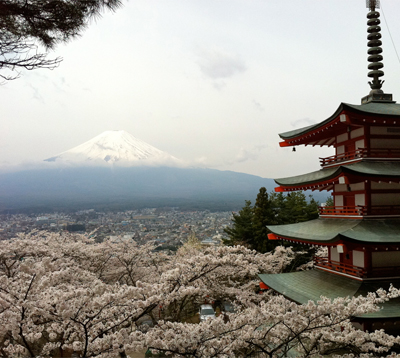
All images courtesy Supply & Demand Integrated

Lucy Walker’s Academy Award-nominated documentary begins with the event itself. A massive torrent of ocean water engulfs a modest coastal town, destroying everything in its path. Onlookers are heard crying out from behind the camera’s position, situated safely upon a hilltop, as the slow-motion obliteration unfolds below. Some on the ridge race down to bring others to safety in the final moments before the water reaches them. A few of them are successful. Others lose their own lives trying.
The found footage is a terrifying reminder of just how devastating the tsunami was when it hit the Pacific coast of Northern Honshu over a year ago now. The numbers are well-known: a 9.0 magnitude earthquake; a tidal wave that topped 130 feet in at least one location; 22,000 dead or missing. But to experience the disaster in real time lays bare the true magnitude, complete with the emotional trauma of watching an entire community of buildings, homes, cars, and the people who fill them whisked away in a matter of moments.
“The Tsunami and the Cherry Blossom,” which airs later this year on HBO, deals with the shock and heartbreak of that horrible event. But it’s what followed the tragedy that occupies the heart of the movie. Ms. Walker, the filmmaker responsible, tells Planet she was profoundly inspired by the boldness and grace she saw in the Japanese people, particularly in the evacuated disaster zone, as the country braced itself for a long painful recovery in the aftermath of so much destruction.




 Facebook
Facebook Permalink
Permalink Digg
Digg Reddit
Reddit LinkedIn
LinkedIn StumbleUpon
StumbleUpon Tumblr
Tumblr

